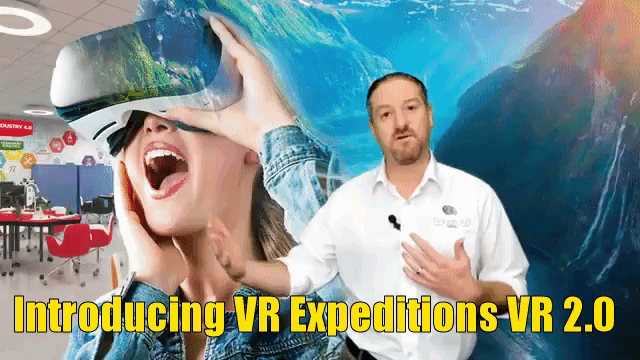3 strategies for hybrid learning
By Ronald Chaulisán Battle
 Photo by Glenn Carstens-Peters on Unsplash
Photo by Glenn Carstens-Peters on Unsplash
Let’s reimagine hybrid learning and improve education outcomes for all students
- 0 Comments
- Nov 10, 2020 10:00:00 AM
Here’s why Robotics Is a Must for Today’s Education Sector
By Ashley Simmons
 Photo by ThisisEngineering RAEng on Unsplash
Photo by ThisisEngineering RAEng on Unsplash
The advancement in technology in recent years has had a significant impact on our lives, led to sectors expanding, and has contributed immensely to how we now do things in different parts of the world and have impacted the educational sector.
Schools now have a big responsibility to teach the students about past events or current affairs and prepare them for their future. The good thing is that the educational system moves in the right direction and already takes some necessary steps to ensure this. Everything that we know and see in robotics has its roots deep in research, following an academic model with scientists, policymakers, and governments all on board. As we continue to develop this, it is also becoming increasingly important that we include robotics as a significant part of educational curriculums.
- 1 Comments
- Nov 9, 2020 10:00:00 AM
Can Kindergartners Learn Coding?
By LAUREN GILCHRIST
Yes, it’s possible—discover how coding and computational thinking happen in early grades.
 Photo by Kelly Sikkema on Unsplash
Photo by Kelly Sikkema on Unsplash
- 0 Comments
- Nov 6, 2020 10:00:00 AM
- Posted by Natalia Galvis
- Topics: STEM, teachers, Coding, students, Technology, Realidad Virtual, STEMchat, Edchat, teaching, online, lessons
How Virtual Reality Can Help Students Meet Learning Goals
By Rhonda Martinez
Virtual reality technology slowly gets adopted in various industries, and education is no exception. VR is more than just a fun thing that can help educators entertain students and improve engagement in the classroom. VR has tremendous innovative potential so it can help educators create new learning opportunities for their students.
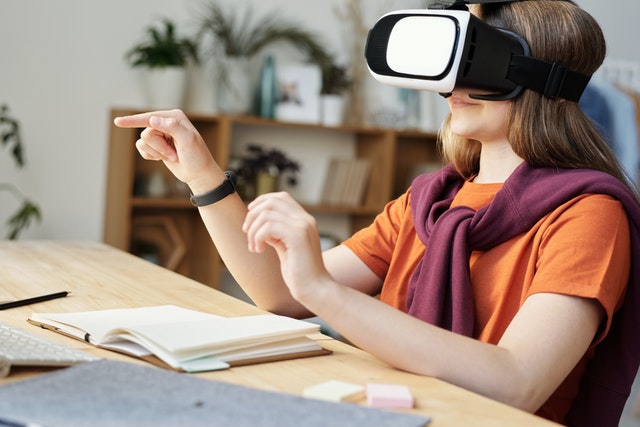 Photo by Julia M Cameron from Pexels
Photo by Julia M Cameron from Pexels
- 0 Comments
- Nov 5, 2020 10:00:00 AM
- Posted by Natalia Galvis
- Topics: STEM, teachers, students, Technology, VR, Realidad Virtual, STEMchat, Edchat, teaching, online, Virtual Reality, lessons
The Future of E-Learning: The Challenge of the 2021 School Year Goes Beyond the Textbooks
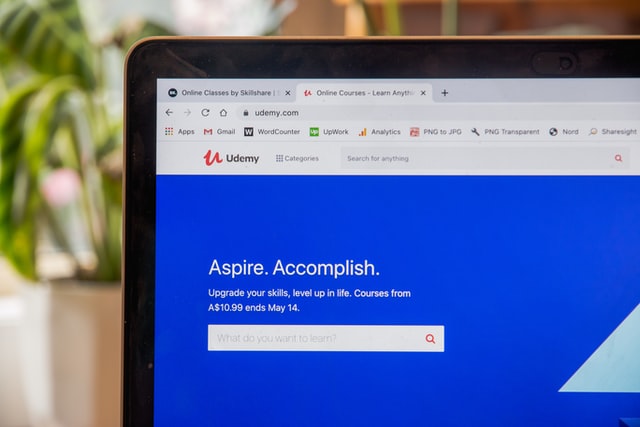 Photo by Lewis Keegan - Skillscouter.com on Unsplash
Photo by Lewis Keegan - Skillscouter.com on Unsplash
What schooling will look like in a few months’ time is still a mystery, but academic leaders are preparing for multiple scenarios.
- 0 Comments
- Nov 4, 2020 10:00:00 AM
- Posted by Natalia Galvis
- Topics: STEM, teachers, students, Technology, STEMchat, Edchat, teaching, online, lessons
Introducing RobotLAB VR Expeditions V2.0!
This is VR Expeditions VR 2.0 A product that we created in partnership with encyclopaedia Britannica and a product that will continue to take students and teachers to places with virtual reality!
- 0 Comments
- Nov 3, 2020 1:31:48 PM
- Posted by Natalia Galvis
- Topics: STEM, teachers, students, Technology, STEMchat, Edchat, teaching, online, lessons
3 ways to bring equity to STEM education
By DAVID TONG
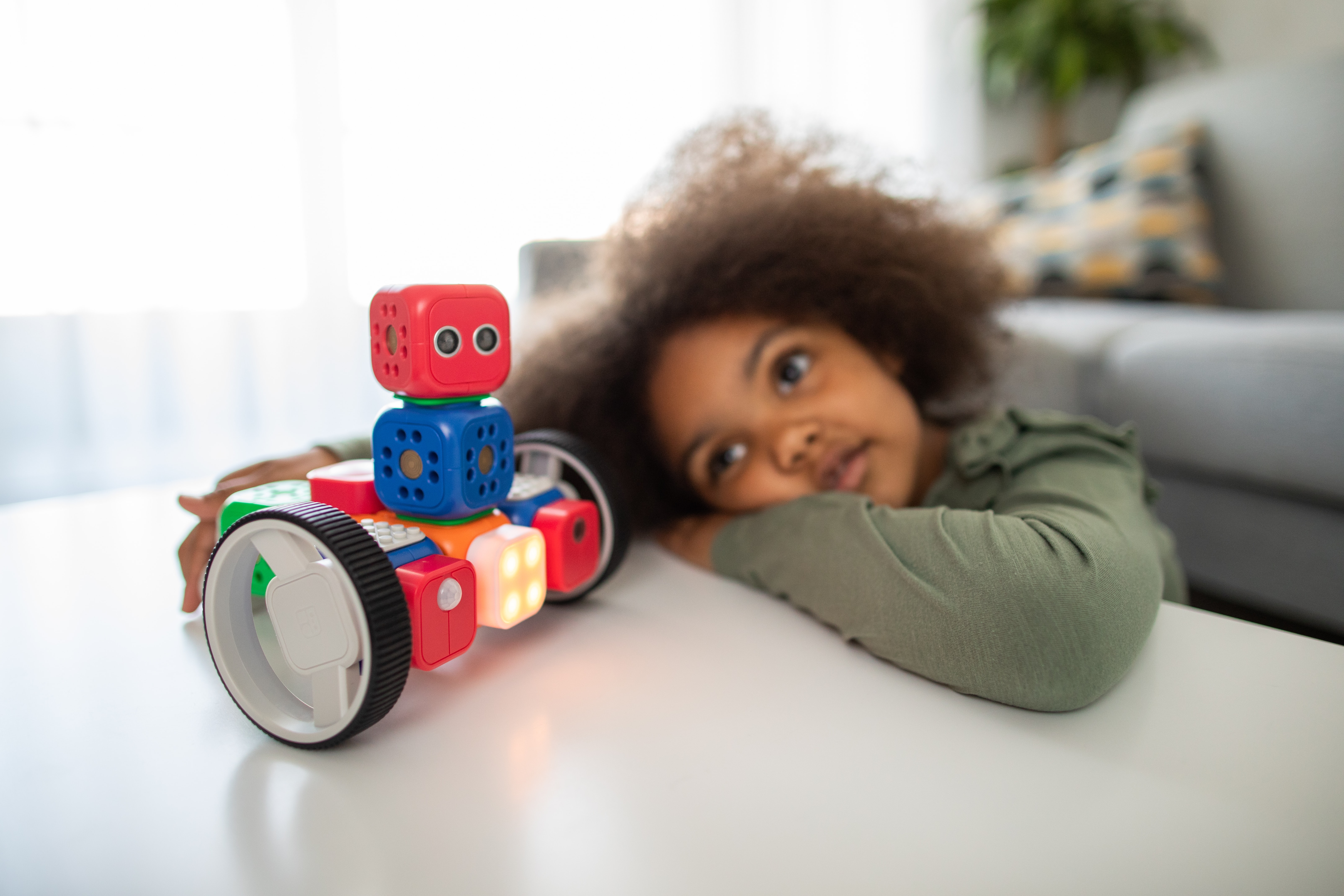 Photo by Robo Wunderkind on Unsplash
Photo by Robo Wunderkind on Unsplash
STEM education is essential even if students don't pursue STEM careers. Here are some strategies to make it more accessible and equitable for all students.
- 0 Comments
- Nov 3, 2020 10:00:00 AM
- Posted by Natalia Galvis
- Topics: STEM, teachers, students, Technology, STEMchat, Edchat, teaching, online, lessons
How Artificial Intelligence is Empowering The Education Sector
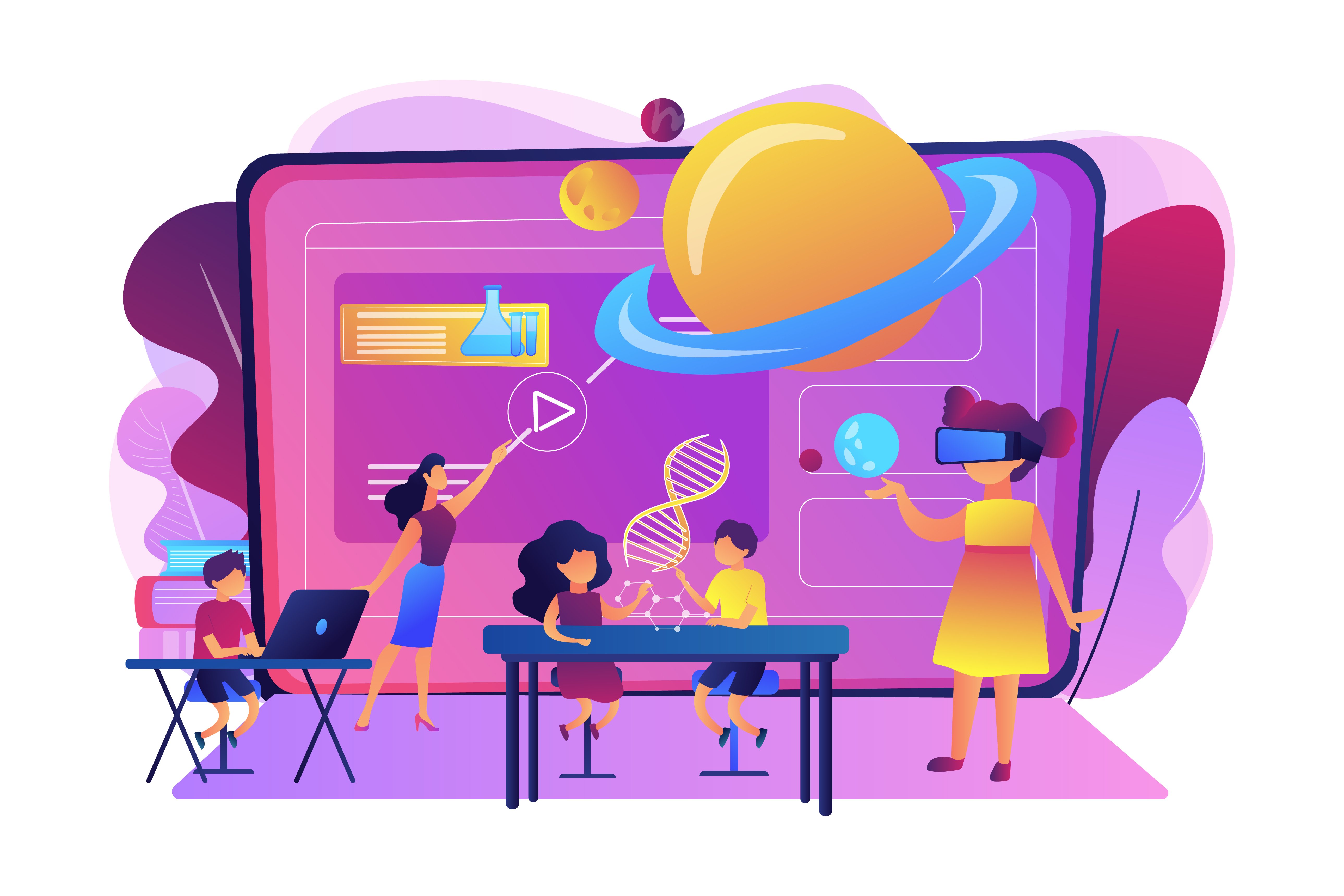 Image by vectorjuice - www.freepik.com
Image by vectorjuice - www.freepik.com
Artificial Intelligence is Improving Education Sector like never before!
We’re in 2020 and long past the days back when we used to stand outside the school library to get the opportunity to copy two or three Encyclopedia pages, to use as a kind of reference for our school projects.
With this age having grown up with the benefit of access to technology at their fingertips, the field of education has hugely changed and overturned in this digitally driven world. Artificial Intelligence in the education market was worth US$2.022 billion for the year 2019.
- 0 Comments
- Nov 2, 2020 10:00:00 AM
- Posted by Natalia Galvis
- Topics: STEM, Artificial Intelligence, teachers, students, Technology, STEMchat, Edchat, AI, teaching, online, lessons
The Gender Gap Persists in Computer Science Education
 Photo by Kelly Sikkema on Unsplash
Photo by Kelly Sikkema on Unsplash
A multiyear study shows increasing interest in computer science education, though retention of minorities and female students remains a challenge
- 0 Comments
- Oct 30, 2020 10:00:00 AM
- Posted by Natalia Galvis
- Topics: STEM, teachers, students, Technology, STEMchat, Edchat, teaching, online, lessons
5 main benefits of STEAM Education
 Image source: https://acerforeducation.acer.com/wp-content/uploads/banner-steam-education_1400.jpg
Image source: https://acerforeducation.acer.com/wp-content/uploads/banner-steam-education_1400.jpg
STEAM, or the synergy of science, technology, engineering, art and mathematics, is one of the hottest buzzwords of today’s education, and with good reason.
STEM, an educational model based on similar principles, but with the conspicuous absence of an A for the arts, capitalizes on the importance of technology and hard sciences in an increasingly digital world, but some have reacted to it with fear that our children will not be as well-rounded if we neglect the humanities.
Unlike STEM, which is interesting in its own right and undoubtedly profitable if we look at school mainly as a way to grant future graduates a high-paying career, but risks becoming hyper-focused on certain subjects and letting the rest fall by the wayside, STEAM encapsulates the whole of human knowledge in one handy acronym.
Here are the five greatest benefits of a STEAM-based education.
- 0 Comments
- Oct 29, 2020 10:00:00 AM
- Posted by Natalia Galvis
- Topics: STEM, teachers, students, Technology, STEMchat, Edchat, teaching, online, lessons
Relevant Posts
Popular Posts
Subscribe to Email Updates
-
I Want To Learn MoreADDITIONAL INFORMATION


